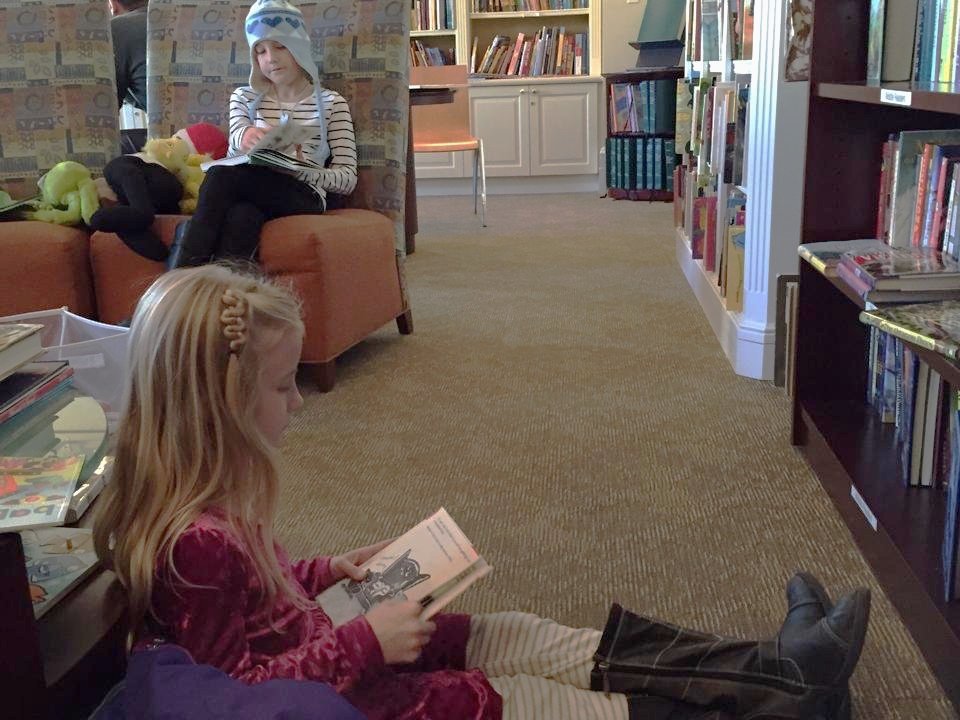
“To learn to read is to light a fire; every syllable that is spelled out is a spark.”
- Victor Hugo
Dyslexia FAQs
-
According to the International Dyslexia Association, dyslexia is a specific learning disability that is neurological in origin and is characterized by difficulties with spelling and word recognition.
Dyslexia is complex and not only affects reading ability, but spelling, word retrieval, and memory.
-
There are a number of warning signs of dyslexia. The symptoms present in different ways for different individuals. However, it is important to recognize the signs of dyslexia. These include difficulty in the following areas:
Learning to speak
Learning letters and their sounds
Spelling
Memorizing numbers facts
Correctly doing math operations
Reading fluency and comprehension
Pronunciation
Word retrieval (specific words to name objects)
Remembering names of people and places
Letter and number reversals
Poor grades in school
Left versus right confusion
-
Creativity
Good interpersonal skills
Artistic ability
Vivid imagination
Keen problem solving ability
Visual-spacial talents
-
I specialize in working with children with dyslexia, as well as other children, who struggle with spelling and reading.
These children are often very bright, but struggle to retain their spelling words from one week to the next. Although they may read, they have great difficulty sounding out an unknown word, despite being taught phonics.
-
The Barton Reading & Spelling System is an Orton Gillingham based program. Orton Gillingham is a structured language approach that is different in both what is taught (reading and spelling are taught as related subjects) and how it is taught (the methodology).
The Barton system is a multi-sensory, direct, explicit, structured and sequential program designed for intense intervention. It is a scientifically, research-based tutoring program that meets the National Institute of Health’s description of best practices for students with dyslexia.
-



